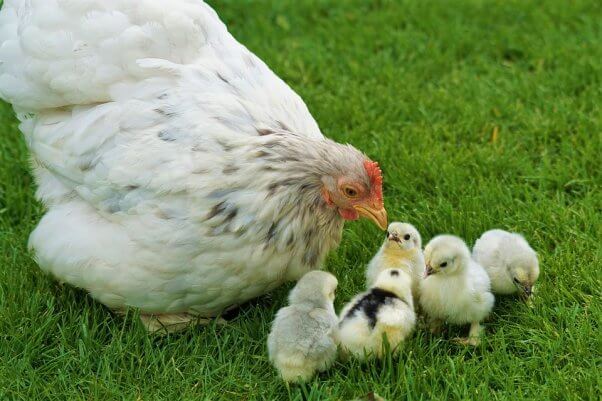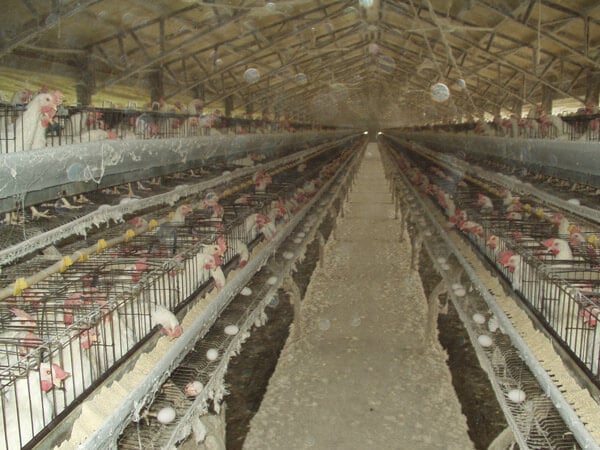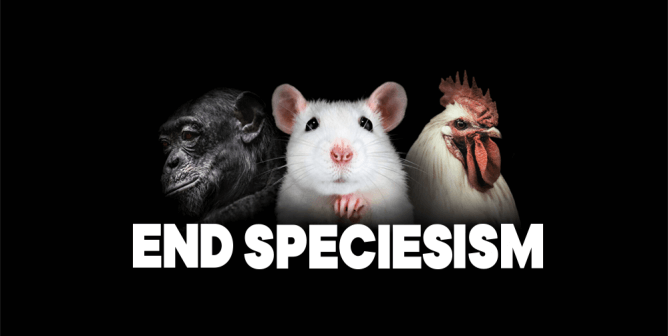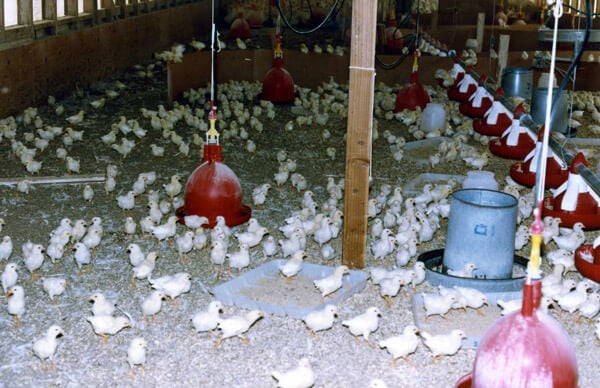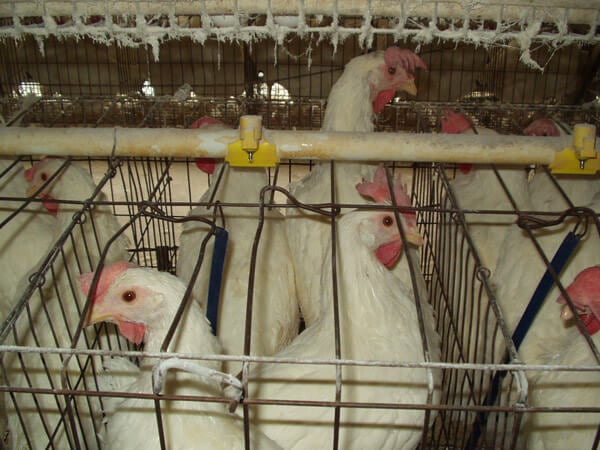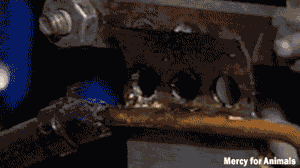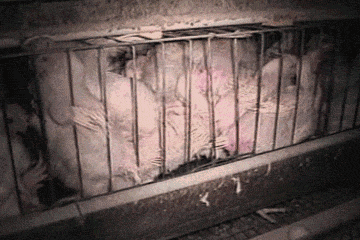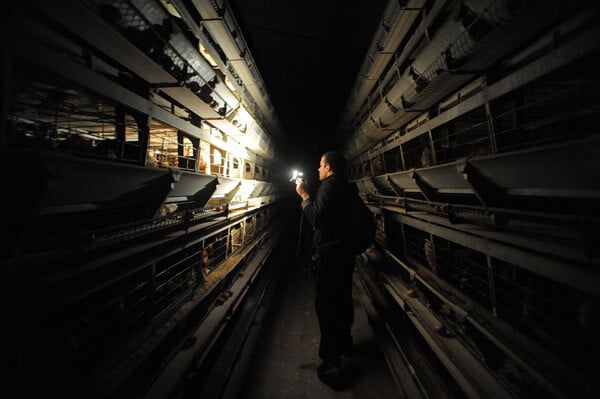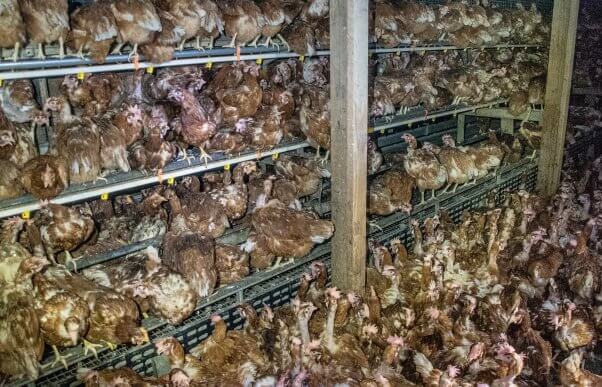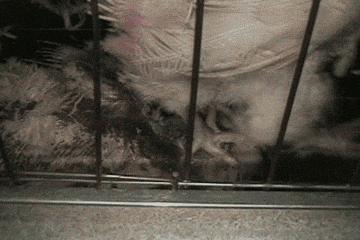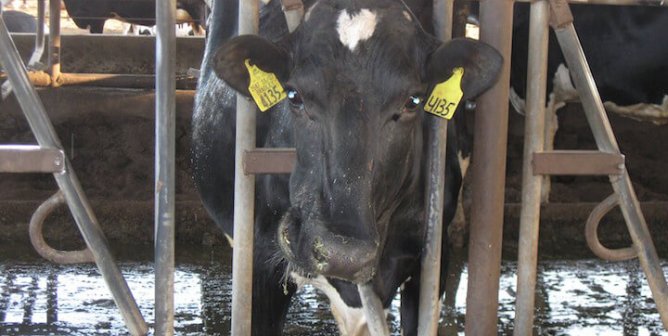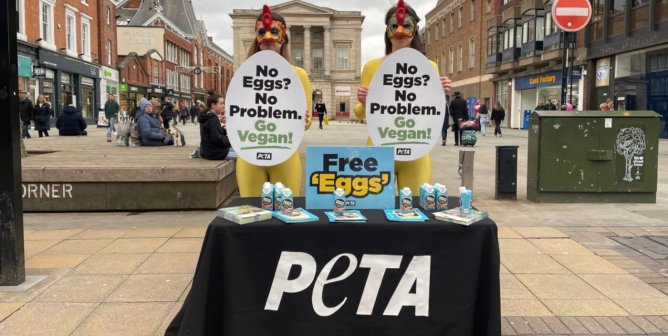21 Things the Egg Industry Doesn’t Want You to See
The egg industry is hiding a dirty and deadly secret: Loving mother hens aren’t the only ones who endure its cruelty. Male chicks are also victims—and they’re often killed before they’re even a day old. Here are some facts about the egg industry and the vulnerable animals it abuses:
1. It takes approximately 34 hours for a hen to produce an egg.
2. Every year, the U.S. egg industry exploits more than 305 million hens for their eggs.
3. Their existence consists of two years of misery.
4. Chicks hatch in large incubators like these.
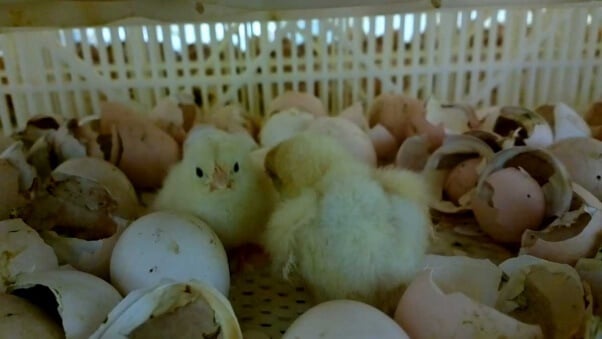
5. They will never see their mother or hear the sound of her voice.
6. Shortly after hatching, workers separate male and female chicks.
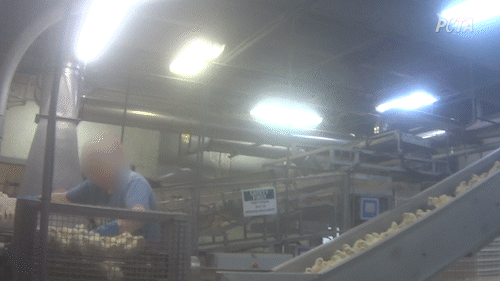
7. Workers send female birds to suffer in the egg industry …
8. … and kill the males.
9. Workers either gas them …
10. … or grind them up alive in a machine called a macerator.
More than 100 million male chicks are deemed worthless and killed by the egg industry every year.
11. Workers cut off the end of female chicks’ beaks with a hot blade and no pain relief.
This is done so they won’t hurt each other or themselves out of frustration during their intense confinement.
12. Five to 11 hens are crammed into a tiny wire battery cage.
On average, each hen’s living space is smaller than a standard piece of printer paper.
13. The cages are often stacked on top of one another, which allows urine and feces to fall onto birds in the lower cages.
Large piles of feces below the cages are common on some egg farms and can cause illness and disease to spread rapidly and kill entire flocks.
14. Cage-free farms are no better. Hens are kept in cramped, filthy sheds with thousands of others and little space in which to move or even spread their wings.
15. Because of these terrible living conditions, chickens often get sick and die. Sometimes, workers kill entire groups of hens because one bird shows signs of illness.
16. Other times, hens die—unnoticed by workers—and are left to rot until their bodies are discovered days or even weeks later. The rest of the flock is forced to live among rotting corpses.
17. After about two years, surviving hens lay fewer eggs and are deemed unprofitable—so they’re killed.
18. Some are sent to slaughterhouses, where workers shackle them, hang them upside down, cut their throats, and dunk them into boiling-hot water—all while some are still conscious.
19. But most hens are killed horrifically on farms because their bodies are deemed to be worth less than the cost of sending them to a slaughterhouse.
20. Workers roughly yank “spent” hens out of their cages, stuff them into boxes, and gas them.
21. The gas doesn’t always kill them. If they survive, workers beat them or slam them against a hard surface. Some survive all that and are trucked away—severely injured but still alive.
Chickens are intelligent, social, sensitive animals who deserve respect. Help chickens everywhere by refusing to eat eggs. And if you agree that more people should see where their eggs come from, share this page on Facebook.
